Microsoft Flight Simulator stands out among most other titles due to the sheer fidelity of its graphics engine. Screenshots and gameplay clips are often mistaken for real-life captures, even by some avid simmers. Yet, REX Game Studios, a well-known flight sim add-on company, has come forward with the Real Global Airport Textures software package that it promises will push the graphics capabilities of Microsoft Flight Simulator even further.
After toying with the new add-on on my virtual trip through the “last frontier” known as Alaska, I’m left with one overarching question. Does the new Microsoft Flight Simulator really need graphics add-ons at all?
Add-on adventures of old
First, some context. Many flight sim fans know that the journey of creating the “perfect setup” doesn’t stop with just the base package. Add-ons are often needed to really flesh out the experience. Scenery and texture enhancements usually stand next to planes as the most sought after.
One piece of software I used throughout my time with the now ancient FSX was REX Texture Direct 4. I actually bought it along with the sim as a bundle on Steam. From the very beginning, it was REX’s technology that helped me to try and modernize the aged bird. It contained all sorts of enhancements for airport ground textures, water textures, cloud textures, sky colors, and even fresh sound effects. It was a neat little tool, I’ll certainly give it that.
My humble knowledge about graphics enhancing add-ons for Microsoft Flight Simulator titles of the past, including ones from REX, makes this look at a new one for the next-gen entry both a little nostalgic and also rather perplexing.
My, how far we have come…
As stated in the onset, I’ve been making use of the new REX Real Global Airport Textures for the new Microsoft Flight Simulator primarily throughout virtual Alaska. The timing of the add-on’s release and me flying through Alaska was purely a coincidence, but I take this as a good turnout. The reason is that REX promises that this software is compatible with pretty much all of the default airports in the sim. And, considering Alaska’s vast size and severe remoteness, its airports are the definition of “out of the way,” so any sort of proper enhancements for specific airports are hard to come by. Thus, it’s a good proving ground for REX’s new add-on, as it tests just how far the software can reach with enhancements that should, as the name states, be “global.”
To be frank, it really didn’t hit for me.
By the time I had installed the add-on, I was already in Juneau, which is one of the few major airports in the state. I was initially surprised when I didn’t really notice much of a difference. I could tell that the taxiway markings were clearer to see since it was snowing at the time, and the add-on seemed to prevent snow from sitting on top of the markings. The next flight took me to Ted Stevens International Airport (Anchorage), the largest airport in Alaska. Again, I noticed very little difference between the new enhancements from REX Real Global Airport Textures and the default textures from Asobo.
Empty enhancements?
From there out, my journey grew lower and slower as I crept northward with the end goal of reaching Alaska’s arctic coastline, which I’m now flying above as I type out this piece. Every airport I’ve landed in along the way has featured proper asphalt runways and aprons, along with buildings. I’ve flown through snow and storms, all of which are settings this add-on claims to enhance when on the ground. I’ve even gone through the painstaking process of doing a scene-for-scene test by adding and removing textures for comparisons.
After landing at Deadhorse Airport, I decided to use the sim’s Drone Camera to snap an aerial view of the airport above the same spot. There are three pictures: two with combinations of REX’s presets, and the third being the pure default. The end result? All of the images look practically the same. Judge it for yourself:
The REX Real Global Airport Textures add-on is able to make the taxiway markings appear more worn out and increases the skidmarks on the runways. Alternatively, there’s also a preset that makes the runways look only lightly used and gives the taxiways sharp, fresh coats of paint, which does stand out. Asobo’s pure default textures are kind of a mix between the two. Surprisingly, these are the only texture options that can be selected in the add-on’s menu. There are apparently other enhancements, but I didn’t quite see how they worked. Dropping down up-close to the asphalt, the results between the three were again, negligible.
I decided to give the add-on one last shot. I loaded up a quick test session in Seattle-Tacoma International. It’s the classic default airport from FS2004, and now one of the “handcrafted” airports in the new sim. Handcrafted airports are locations that have been given special attention and have the most accurate layouts, the most buildings and objects, and full custom textures. In other words, these look the best. So, how did REX’s software fair? The results — drum-roll, please — trivial.
Throughout the hours of testing, I kept trying to see if maybe I missed something. Maybe I didn’t install REX’s new textures correctly, or maybe I didn’t activate them properly. But, no. I followed all the steps. Yet, the end result is simply minor. REX’s “new” textures are not truly better (or worse) than Asobo’s defaults, they’re all just different, albeit in the most subtle way. And yet, this product is going for just under $20 (USD). I would say that’s a fair price if the software did much, but really, this is money that can, and frankly should be saved.
We have the technology
I don’t want to seem like I’m dunking on REX here. But, I do feel like this product is a stretch for even the true diehard graphics fans out there; the ones that feel like they absolutely must ink out every bit of detail from a title. Those people will always exist, but in this case, not even they will likely be satisfied. All it really boils down to is that, unlike the sims of the past, Microsoft Flight Simulator does not need help in the graphics department.
These sorts of add-ons made a lot of sense before, because they provided a truly fresh coat of paint to sims that were woefully aged. Those primitive textures of old were muddy, stretched, and barely varied. But, that’s not the case here.
Microsoft Flight Simulator boasts a PBR lighting engine, a full-scale dynamic weather engine, extremely detailed texture-work, excellent reflection quality, along with advanced shadows, ambient occlusion, and best of all: detailed global satellite data. This sim goes leaps and bounds beyond its predecessors and even the other flight sims that are currently on the market. It simply doesn’t need the extra help this time around.
Asobo and its partners have outdone themselves with this sim’s visuals, hence the reason why the devs have spent nearly a year trying to optimize its performance across various hardware setups.
While we simmers are definitely still looking up those tweaking guides (at least only until July, hopefully) the days of setting up different graphics add-ons, trying to fiddle ENB/Reshade settings, and all of that other busywork is long gone.
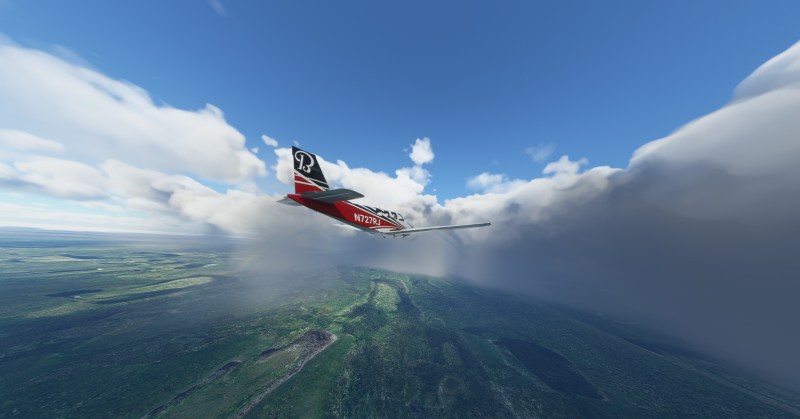
Something tells me that Microsoft Flight Simulator will be just fine without graphics add-ons for a while.
So, that’s really the takeaway from this piece. I’m sure more add-ons like REX Real Global Airport Textures will sprout up, but it is far too early to be building upon a sim that is already leading the industry when it comes to its advanced tech. Perhaps in a half-decade or so we might see the graphics in Microsoft Flight Simulator put on a little bit of age, but even that idea seems a little far-fetched to me considering how great it looks already and the fact that it’s going to be continually improved on a core level by Asobo for the next ten years. So simmers, save your money. REX is a great company, but it really should restrict add-ons like this to the other sims out there.

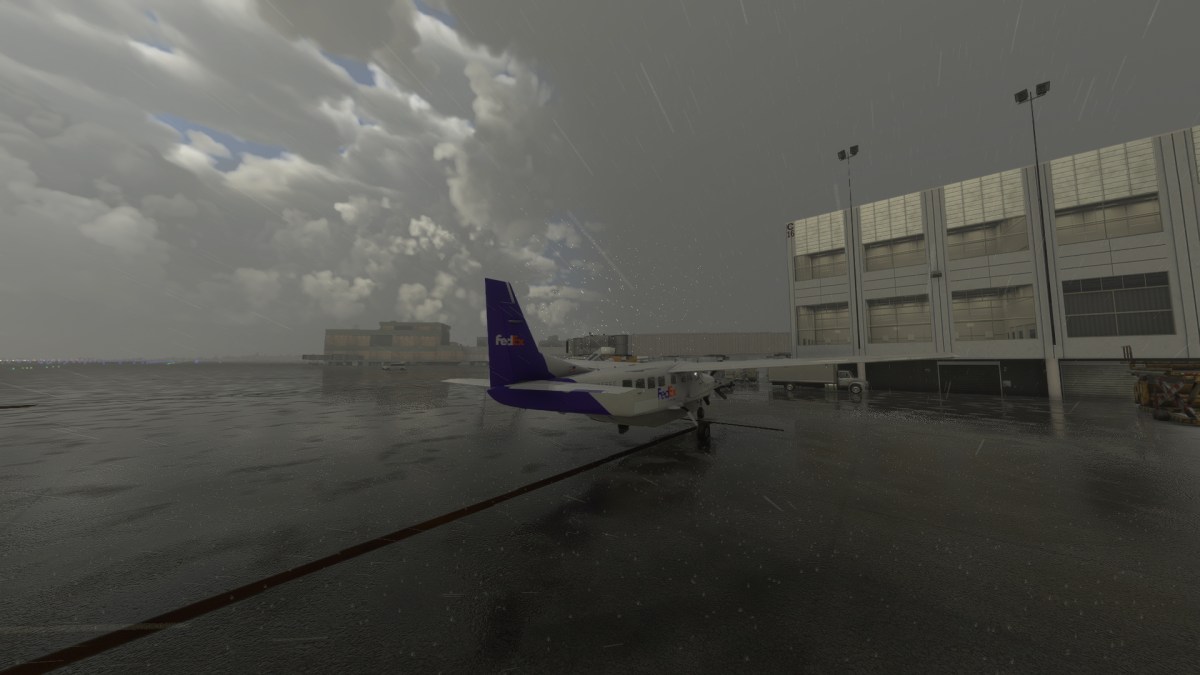
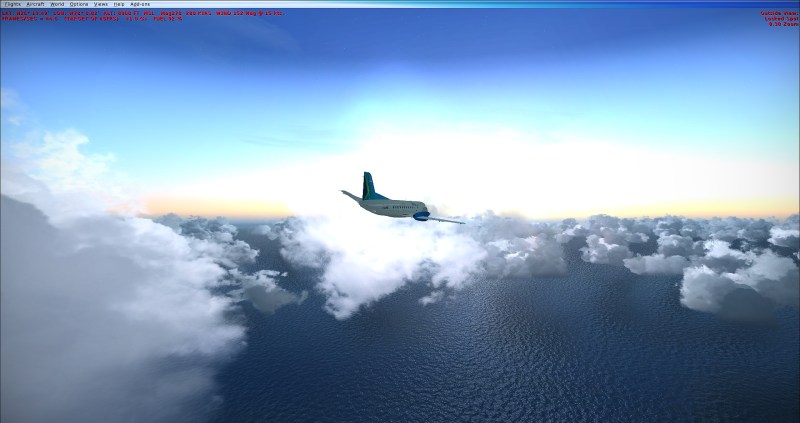
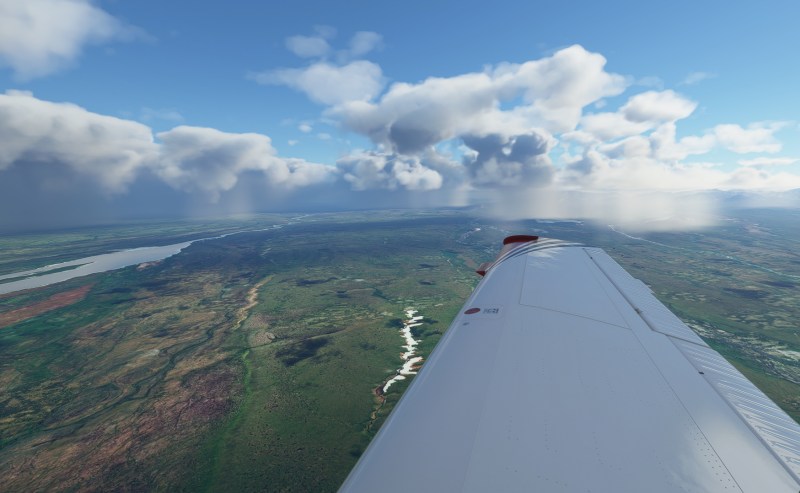
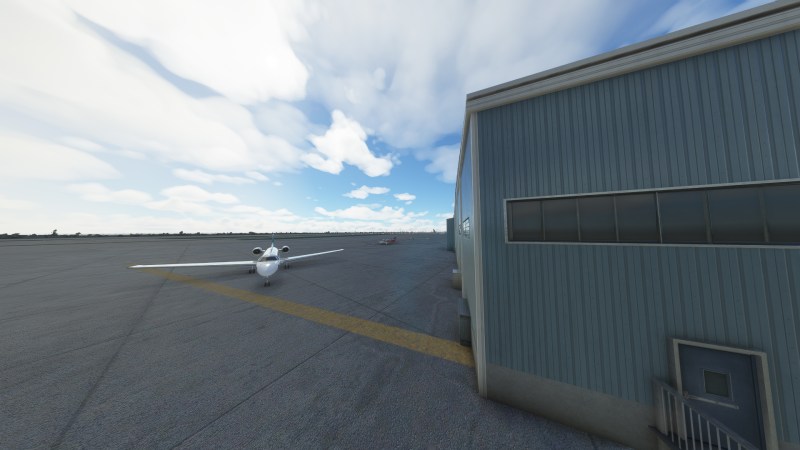
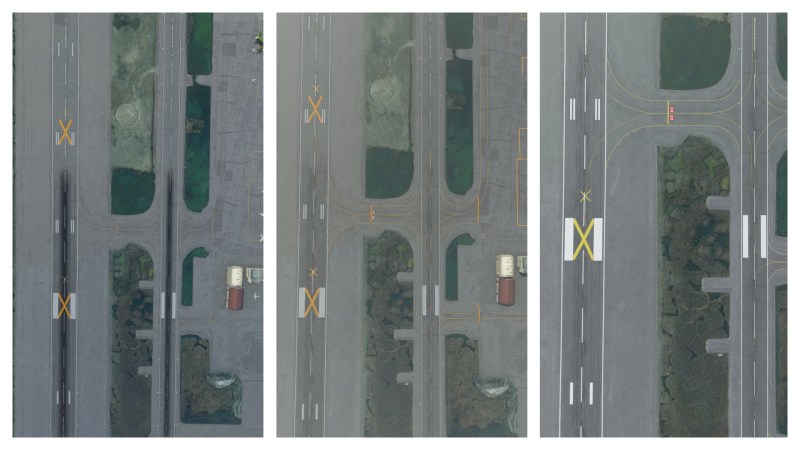
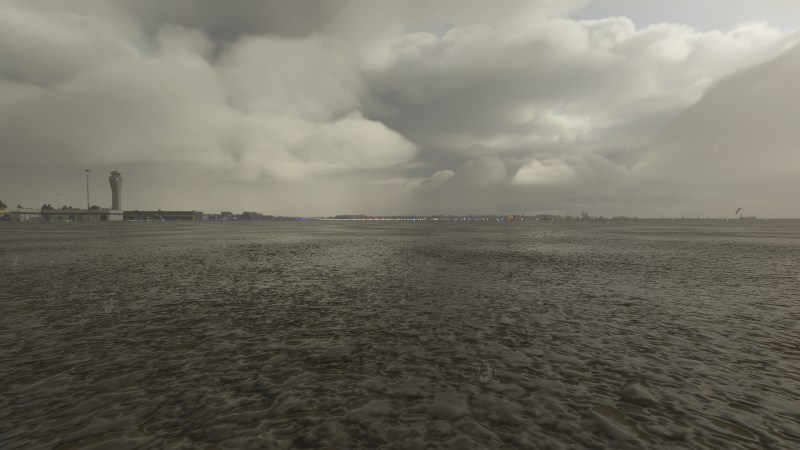
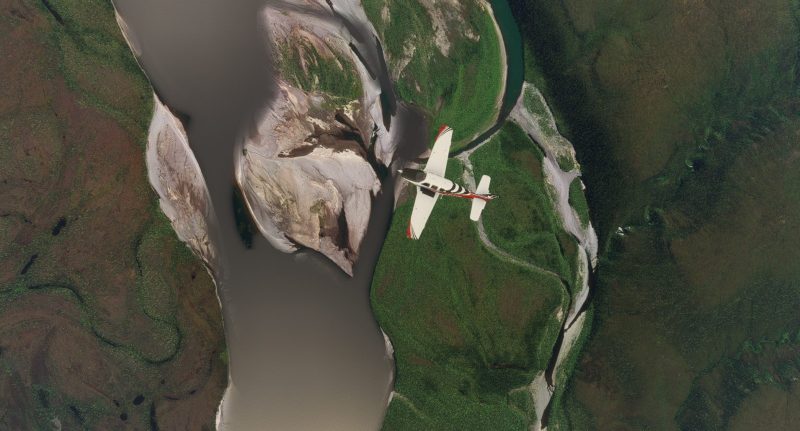





Published: Jun 28, 2021 03:30 pm